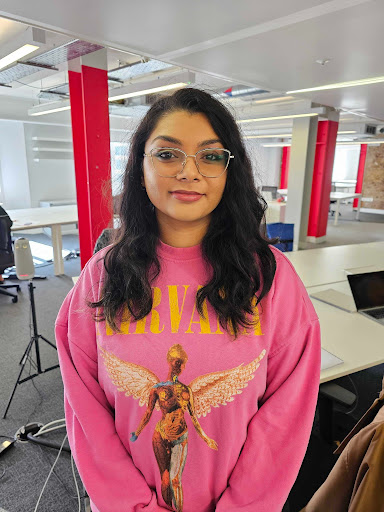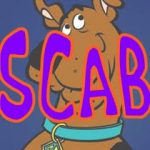
Work so effective, it disappears
“Nobody cares who I am”
That is how Uri started his class, caught my attention, and held it till the very end. He worked in branding for quite a while and that got me interested as I too have been working in branding before committing my life to being an art director in advertising. The first step in tackling any brief is to ask a question. Uri stressed the importance of asking questions because once we hear a problem, our brain rushes to find answers, but you have to overcome that race to answers, and start asking more questions.
One very interesting thing Uri spoke about was how strategy doesn’t always have to come first. I am the type of person who gets so excited about the design part of a project that I unknowingly figure out the final product and then work my strategy to fit around my answer. I was always told I shouldn’t jump steps and that thinking of the idea first was wrong. However, Uri taught me that there is no right or wrong. Ideas and strategy are interchangeable. You can always get a great idea and work a strategy around it, or build a great strategy that will lead you to your idea.
Season 1, Episode 1: How to be strategic?
In an ideal world, you can get from your objective to your end goal without any trouble. Unfortunately, we don’t live in an ideal world so we need help getting to the end, and strategy is that bridge. Strategy takes you from your objective to the end by tackling your environment. Strategy works in three steps according to Rumelt’s Kernel theory on strategy: diagnose the challenge, use a guiding policy to deal with it, and take actions that execute that policy. Uri then used the analogy of a treasure map to further explain this concept.
Uri went on to tell us a story about a project he had worked on many years ago. It was for a pasta brand that wanted new branding. The key insight here was that they were a B2B pasta company. They sold premium pasta to companies that need it for their products. This was really interesting as they had to appeal to companies instead of the consumers directly. Uri’s team took this insight and went back to the company with a route completely different to what the company wanted.
They wanted to be fun and bold like all the other pasta rebrands happening in the industry at that time. But, since this was a B2B pasta brand, Uri’s team looked into what makes them special. Premium pasta is bought by companies according to specifications of the quality and shape of the pasta. So, the direction for the rebrand was an elegant, scientific route. They got an industrial photographer, and a scientific illustrator to have really sterilised and lab like illustrations and images done for pasta. This really helped show the brand in a professional light and made them seem like they truly cared about the quality of the pasta. This was a really interesting and unexpected take on the brief and it all started with the simple question. What would the Ferrari of pasta look like? This rebrand helped increase the pasta brand’s business and they got so big that someone was willing to buy their company.
Unfortunately, once the company was sold, everything was changed and this rebrand just disappeared. It came, did its work of increasing sales, and slowly disappeared back into the background. This class with Uri truly taught me how to ask the right questions, how to look at an insight, how to push the boundaries, and how to make effective work that is so effective, it disappears.











